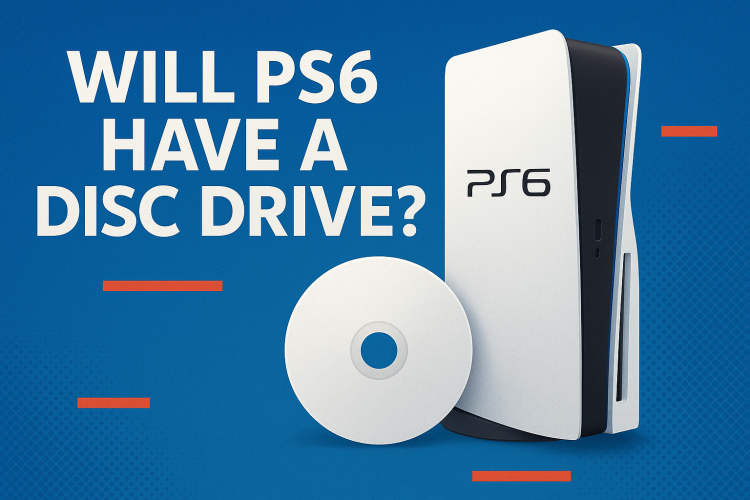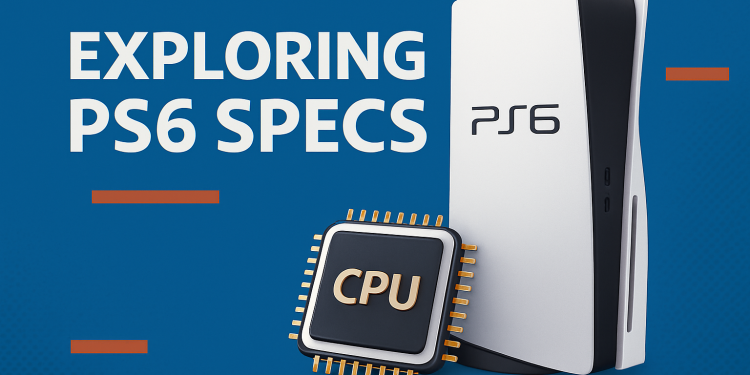Sony has always adapted strategically to industry changes, exemplified in its release of the PlayStation 5 (PS5) in two distinct models: one featuring a disc drive and another purely digital version. This dual-model strategy marked a significant milestone, signaling Sony’s willingness to embrace an increasingly digital future while still catering to traditional gamers who value physical media.
Historically, physical media has dominated gaming since the industry’s inception, from cartridges to CDs, DVDs, and Blu-ray discs. Each generation’s transition typically maintained support for physical media due to consumer demand, retail relationships, and concerns about internet infrastructure limitations.
Current Industry Trends
Today, digital downloads represent an increasing share of video game sales. According to industry analysts, digital distribution accounted for nearly 80% of total game sales in recent years, accelerated significantly by global events like the COVID-19 pandemic. Streaming and subscription services such as PlayStation Plus, Xbox Game Pass, and cloud gaming platforms are further promoting digital adoption by providing consumers with easier access and a more convenient gaming experience.
These changes lead many industry insiders to speculate that the PS6 may tilt even more heavily towards digital distribution, potentially minimizing or removing physical disc support altogether. However, this scenario depends greatly on broader consumer trends, market segmentation, and technological advancements.
Arguments Supporting Physical Media
Despite the growing digital trend, significant market segments staunchly prefer physical games. Several key arguments support maintaining disc-based gaming:
Ownership and Control: Physical media provides gamers tangible ownership, reducing reliance on online services that could become unavailable. Players can also freely trade, lend, or sell physical games, something impossible with digital-only content.
Resale and Value Retention: Physical copies offer the ability to resell games once players have finished playing, providing financial flexibility and potentially offsetting the initial cost.
Collection and Nostalgia: Collectors value physical games for their aesthetic and sentimental appeal. Limited editions, collector’s items, and special packaging remain popular among gaming enthusiasts.
Internet Limitations: Not every region globally enjoys high-speed internet access. Rural or remote areas may struggle with stable broadband connections, making physical games crucial for continued access to gaming.
Arguments for a Digital-Only PS6
Proponents of a fully digital console argue several benefits that could reshape gaming:
Cost Efficiency: Removing the disc drive reduces manufacturing costs, potentially lowering consumer prices. It simplifies the console’s internal architecture, resulting in fewer moving parts, reducing overall hardware complexity and the likelihood of mechanical failure.
Enhanced Design and Portability: Eliminating physical media drives allows Sony greater flexibility in console design, possibly making the PS6 sleeker, lighter, and more compact, aligning with modern minimalistic tech aesthetics.
Convenience and Accessibility: Digital purchases allow immediate game access upon release without waiting for delivery or visiting physical stores. Additionally, digital game libraries significantly reduce clutter, streamline organization, and enable seamless gaming across multiple devices through unified digital accounts.
Environmental Impact: Digital distribution significantly reduces waste generated by packaging, transportation, and manufacturing physical discs, appealing to environmentally-conscious consumers and helping Sony meet sustainability goals.
Analysts and Expert Opinions
Industry analysts predict a phased transition rather than an abrupt move to digital-only. Michael Pachter, a prominent gaming industry analyst, suggests that while a digital future is inevitable, the next generation consoles, including the PS6, will likely still accommodate physical media in some form. This view is echoed by other experts, emphasizing that Sony recognizes the importance of consumer choice in maintaining market competitiveness against rivals such as Microsoft, who similarly offer multiple console options.
Consumer Sentiment and Market Research
Surveys indicate significant divisions in consumer preferences, reinforcing Sony’s cautious approach. According to recent market research, approximately half of gamers remain strongly attached to physical media, citing reasons mentioned above like resale value, ownership, and internet limitations. Conversely, younger gamers, accustomed to digital ecosystems and subscription-based services, demonstrate growing indifference towards physical copies, suggesting a generational shift in consumer behavior.
Potential Industry Impact
Sony’s decision regarding physical media on the PS6 will resonate throughout the industry. A move towards digital-only distribution could drastically impact retailers like GameStop and other physical stores heavily reliant on disc-based game sales. It could force traditional businesses to pivot towards digital vouchers, gaming accessories, or alternative product offerings.
Furthermore, a significant shift towards digital-only might accelerate innovation in gaming-related technologies, like faster and more reliable internet infrastructure and cloud gaming solutions, addressing bandwidth and connectivity limitations.
Conclusion
While the ultimate decision about whether the PS6 will include a disc drive remains uncertain, current trends, expert analysis, and consumer sentiment strongly suggest that Sony will continue offering both options in the near term. Maintaining a physical media option while aggressively expanding digital infrastructure allows Sony to serve diverse consumer needs, ensuring broad market appeal while preparing gradually for an eventual fully digital future. The PS6, therefore, is likely to embody Sony’s ongoing strategy of balancing innovation and tradition, providing gamers with choices tailored to their evolving preferences and technological realities.











